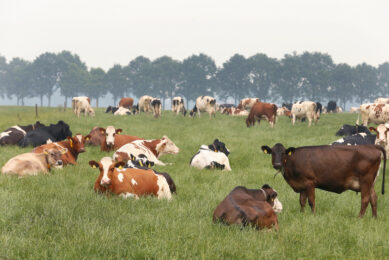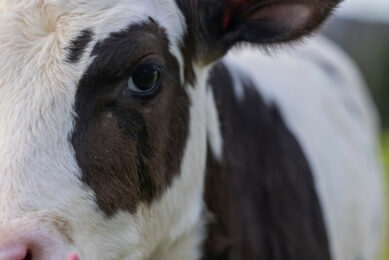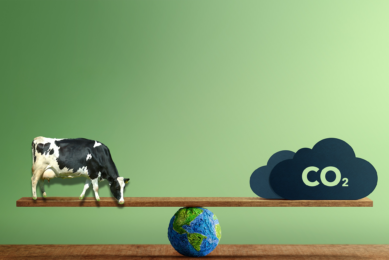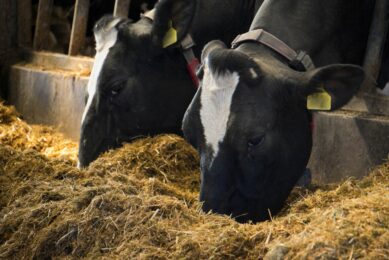Expert views: Carbon-negative or neutral dairy farming
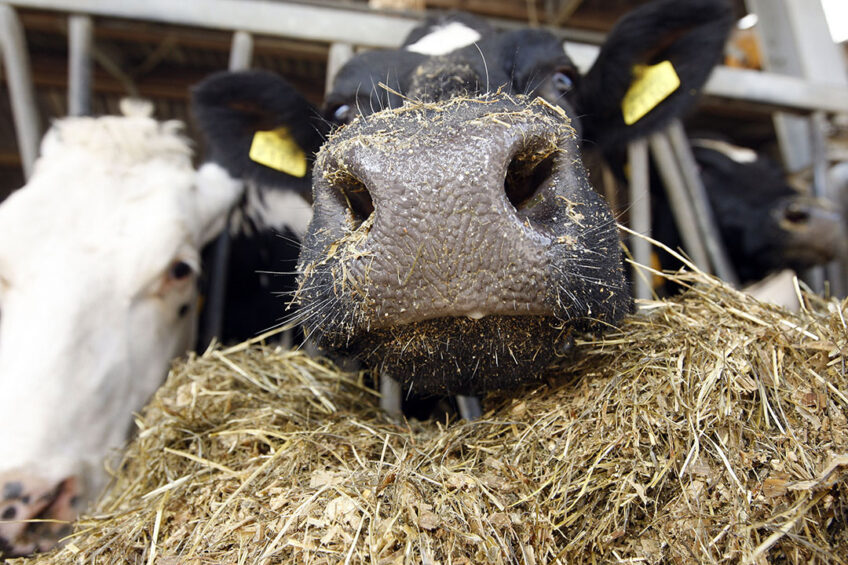
Carbon-negative or neutral dairy farming is achievable within 10 years in the Marin County region of California, according to a panel of experts.
Several members of a recent ‘Our Common Ground’ expert panel discussion held by MALT (Marin Agricultural Land Trust), the first farmland trust in the US, conclude that carbon-negative or neutral dairy production is definitely achievable in 10 years in California’s Marin County area.
At the end of September, MALT CEO, Dr Thane Kreiner, virtually hosted the following experts:
- Dr Marjorie Went of the department of chemical engineering at the University of California, Berkeley
- Joseph Button, sustainability director at Straus Family Creamery which has set a goal of being carbon neutral by 2023
- Ladi Asgill, MALT’s director of science and regenerative agriculture
- Jason Prapas, CEO of FYTO (an on-farm feed production start-up company)
- Randi Black, dairy advisor at the University of California Cooperative Extension department.
The carbon-negative process
Went explained that a process is ‘carbon-negative’ by first recalling that molecules of the most prevalent greenhouse gases, carbon dioxide and methane, each contain one carbon atom. “If we follow the path of that one carbon atom [in a carbon-negative process], we are removing more carbon from the atmosphere than you make,” she says. “And a super-important part of our discussion today is that…on a 20-year timescale…methane emissions are more than 85 times worse than CO2 emissions.” And because agriculture generates a lot of methane emissions, Went notes that “carbon-negative dairying presents a very important opportunity to make a big impact in climate change.”
Manure and cow burps
Button noted that there are 2 sources of methane on dairy farms: manure and cow burps. For manure, biodigesters are an important solution, having bacteria that convert methane to CO2, which can be cleaned and used to produce electricity.
And methane from cows “can be reduced by up to 95% by particular varietals of red seaweed,” he says, “which is currently being trialed at the Straus dairy farm and we‘ve proven that it works. So, when you pair those 2 solutions together, you dramatically reduce methane emissions on farm by over 90%.”
Straus farm is also working to decrease fossil fuel use through electrification of vehicles and to reduce carbon emissions through practices that sequester carbon in the soil.
A smart business model for neutral dairy farming
Asgill noted that reaching carbon neutrality or carbon-negative dairying will need to involve business models that provide long-term financial support for various practices and investments in technologies. Continuing to sell milk as a commodity is not a model that can achieve this.
“I think there’s going be a lot of working together with the industry to look at some of the value-added products and develop new markets,” he says, “to get consumers to really appreciate…and pay more for food and where it comes from, and fully carry the cost.”
Prapas added: “I think we have to kind of pick apart what we mean by ‘profitable’ and ‘decarbonisation’, to make sure we can pull that off simultaneously.”

He pointed to the cost of feed as being the biggest expense for dairy farmers across farms in California and across the US, typically over 50% of the cost of making milk. Transportation costs (and emissions) are part of that, so it’s important to grow feed on the farm or as close as possible to the farm. On that note, Black pointed out that many dairy farmers use local food waste and food processing by-products to feed their cattle.
There isn’t a one-solution-that-fits-all kind of package that we can just ask everyone to do because not only does everyone have a different wallet but everyone also has a different way.
Nitrogen management
Went pointed out that nitrogen emissions also cause climate change indirectly. Nitrogen enters a farm through fertilizer and in feed (especially in the protein component).
Went is encouraged to see “a lot of businesses starting up around alternative ways to make fertilizer. I think that is potentially a big win for climate change.”
Looking forward
In Black’s view, it’s important to keep in mind the effort to reduce carbon emissions on dairy farms: “There isn’t a one-solution-that-fits-all kind of package that we can just ask everyone to do…because not only does everyone have a different wallet but everyone also has a different…way that they want to manage their farm.”
“We‘ve got dairies that are being very efficient on less land and dairies that are being very efficient on a lot of land,” she says, “so we have to remember that we need to find the right solutions together for how they want to manage, and their amount of land.”
Importance of partnerships
Black also pointed to the importance of partnerships. She notes that the state of California has carbon reduction goals to be reached by 2040 and has state-funded programmes in place to hopefully make these reductions a reality. Processors are also doing their part.
And while dairy farmers need supports, she said, “we also need to make sure that the cost-effective solutions are on the market for them to be able to invest in. We don’t want to push products on them that either don’t work over a long period of time, so they don’t get that investment back, or that it takes so long than now they‘re out of business because they weren’t able to get it back in time.”
Black believes that with the right support, carbon-negative or neutral dairy farming is definitely possible.
A global example
For his part, Button said: “I believe that Marin County, Sonoma County, this ‘milk shed’ within 10 years can be a global example of carbon-neutral dairy farming.”
Went agreed “that within 10 years it’s possible. I‘ll qualify that with saying, 10 years if you‘re not looking at a huge picture. I think if you include the indirect emissions from transporting supplies to the farm and other indirect sources, I think it’s a harder and more complex goal to achieve because it involves other players that we in Marin don’t have as much control. So, I think that getting to carbon neutral in Marin involves becoming more independent and fully using the resources that we have here locally.”
Existing technology
Asgill thinks that carbon-neutral or negative dairying is “absolutely possible. I think the technology already exists. I think the will simply has to be there also. The lessons, especially in Marin, are going to be used across the world. I think we have the opportunity to solve this problem and address this challenge in Marin, and use those lessons, not only on dairies, but on a whole lot of other ag industry operations.”
Prapas isn’t sure what the future will bring, but said “it’s extremely important that we try, and that we try in a way that works with farmers and producers and doesn’t punish them for emissions, but really sees them as the change agents.”



